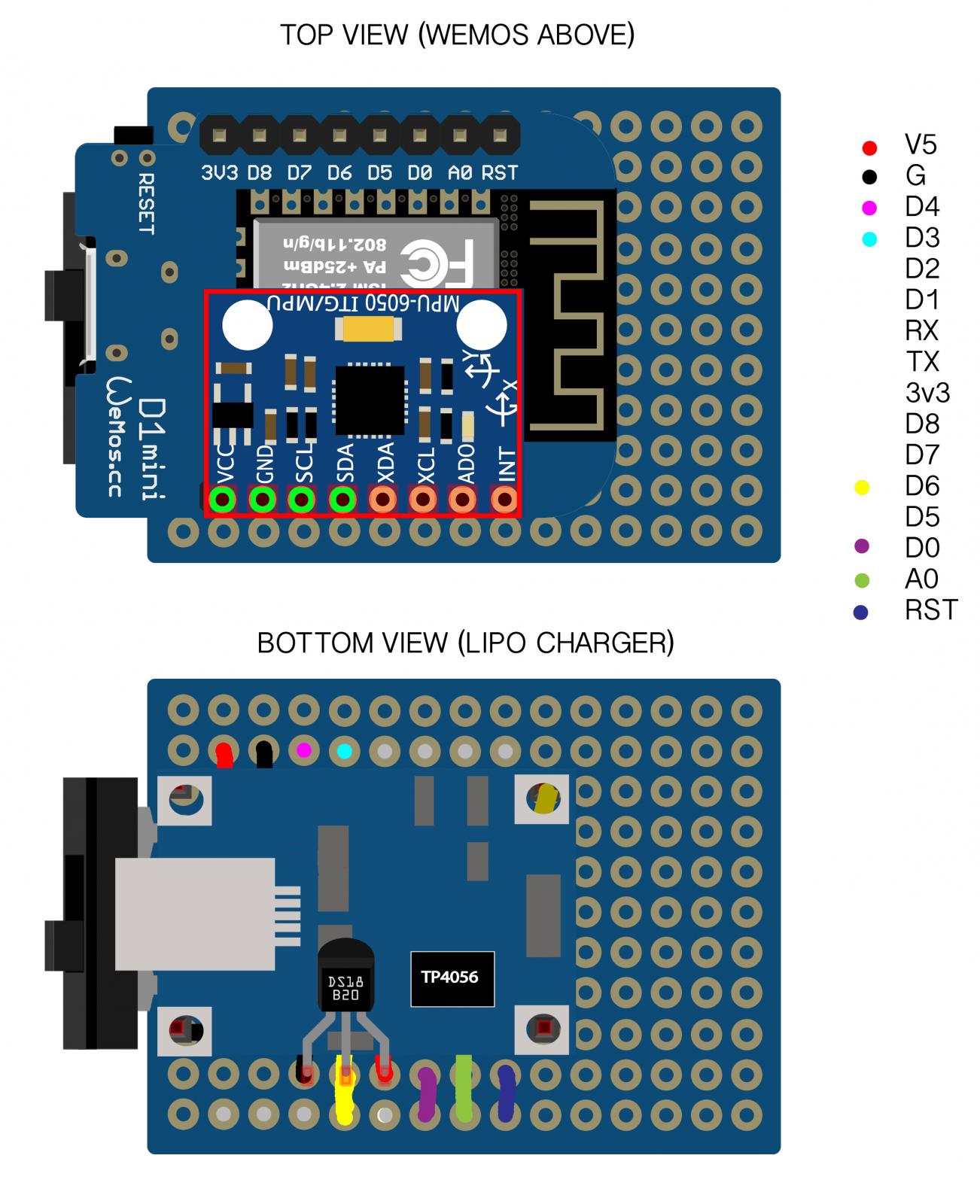The soda bottle from eBay seems be different from that people from the Germany bought. I have one made by a German friend, and the sled won't fit the bottles I bought from eBay.
Not having the ability to design a sled, (nor do I have a 3-D printer), I choose to make one that like the PCB version with a battery holder. All we need to do is to make sure that everything in the bootle is fixed in its position. A few nylon bolts might do the job instead of the 3-D printed sled.
The battery tilts on the sled, but some weights might be necessary. It might be 15g to 30g according to what I red.
Update:
Tried mine. It needs at least 20g to make it tilt around 30 degree. Wheel balancing blocks ordered. .




























![Craft A Brew - Safale S-04 Dry Yeast - Fermentis - English Ale Dry Yeast - For English and American Ales and Hard Apple Ciders - Ingredients for Home Brewing - Beer Making Supplies - [1 Pack]](https://m.media-amazon.com/images/I/41fVGNh6JfL._SL500_.jpg)
































